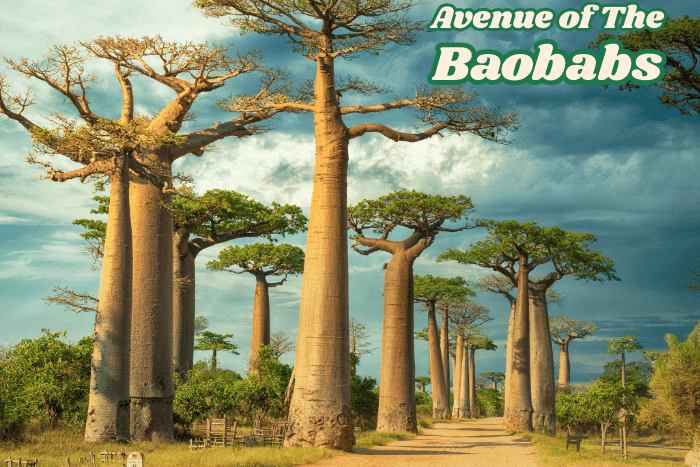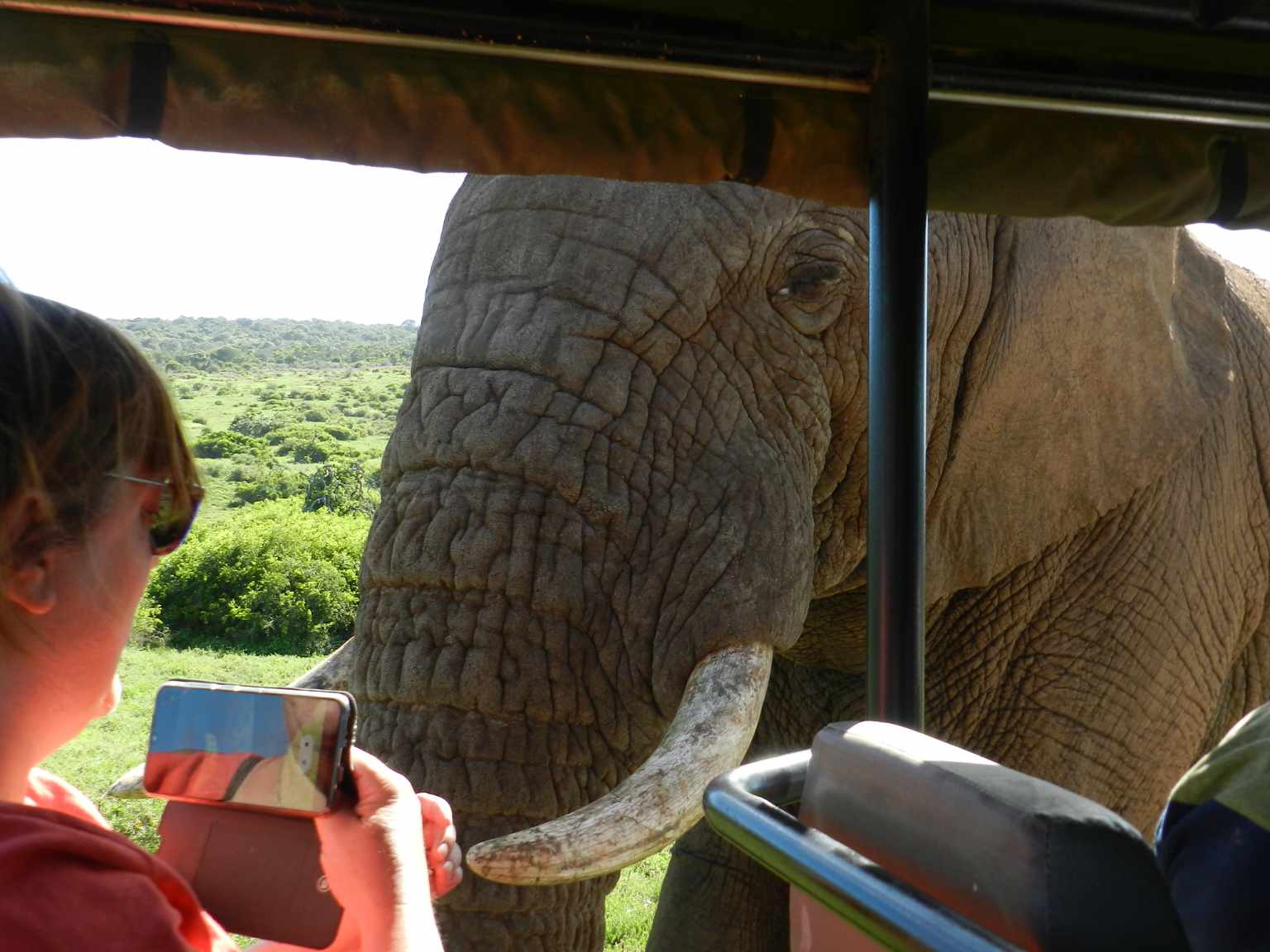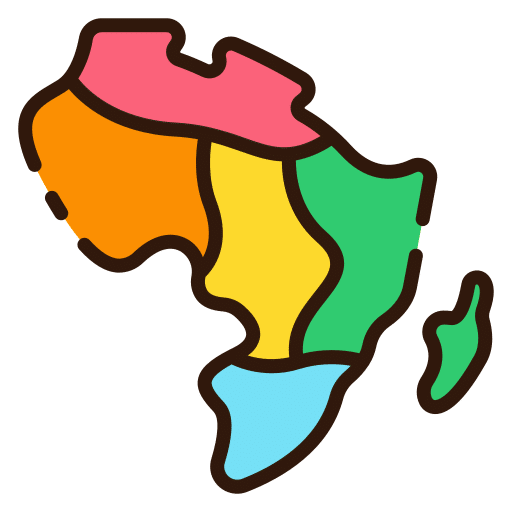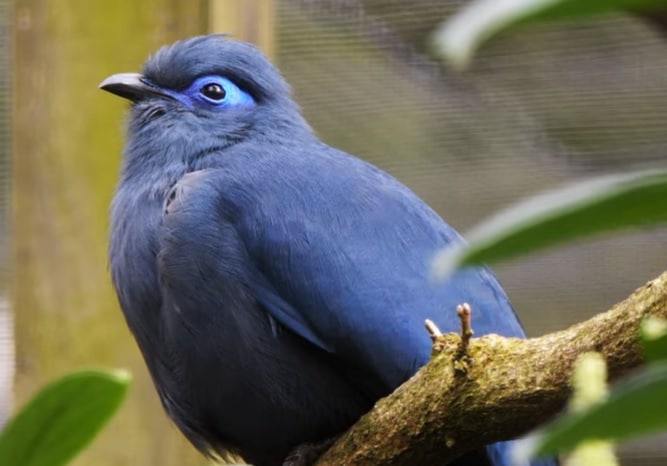Some places look like they belong on another planet. For me, Tsingy de Bemaraha in western Madagascar was one of them. I’d seen pictures of the Stone Forest before I went, but nothing could prepare me for the sight of thousands of jagged limestone spires stretching into the sky, or for the journey it takes just to get there.
I visited Tsingy years ago, when I was younger, fitter, and maybe a bit more reckless – lol. Looking back now, I’m glad I tackled it then, because this is not the kind of hike you do on a whim. You need stamina, good balance, and a decent head for heights. Even in my younger years, the trails pushed me to my limits. But what an adventure it was, and let me tell you all about it!
What is this Tsingy de Bemaraha?
The Malagasy word tsingy translates to “where one cannot walk barefoot.” You only need to take one look at the rock to understand why. The entire landscape is made of razor-sharp limestone, sculpted by erosion into spires, canyons, and caves. Some pinnacles soar more than 100 meters high. Together, they form what UNESCO calls a “stone forest,” and in 1990 the site became Madagascar’s first World Heritage Site.
But it’s not just about geology. The Tsingy is home to unique wildlife found nowhere else. I spotted lemurs leaping effortlessly across stone towers that I struggled to climb, and bright geckos darting between cracks. Roughly 85% of the flora and fauna here are endemic. Standing there, I realized I wasn’t just looking at rocks: I was in a living, breathing ecosystem perched on blades of stone.
Visiting the stone forest made me reconsider going back to studying Biologie, yet again hahaha.
Getting There: Half the Adventure
But beware that reaching the Tsingy is an expedition in itself. From Antananarivo, the capital of Madagascar, you first travel to Morondava, a sleepy coastal town. Flights are possible, but expensive and unreliable. I took the long road instead: a 12–13 hour minibus ride. The Cotisse service isn’t luxury by any stretch, but it gets you there in one piece.
From Morondava, the real adventure begins. You need a 4×4 with a driver; there is no way around it. The road north to the gateway village of Bekopaka is little more than a dusty track with deep ruts, sandy patches, and bone-rattling potholes. Two ferry crossings break up the monotony, each one an adventure in its own right. The bigger one waits until enough vehicles have piled on, so patience is part of the ticket.
The ride takes a full day, about 8–10 hours depending on conditions. I’ll never forget sitting in the back of the Land Cruiser, dust in my teeth, bouncing along while kids ran out of villages shouting “vazaha!” (foreigner) and waving.
Driving route from Antananarivo to Tsingy de Bemaraha via Morondava (Bekopaka).
We stopped at the Avenue of the Baobabs along the way, which was magical at sunrise, but the rest was grit and endurance. By the time we rolled into Bekopaka, I felt every bump in my bones, but again, I was young, I could take it hahaha.

This remoteness is part of what makes Tsingy so special — but also why so few people actually get there. It’s not easy, and you should be prepared for rough travel.
Click on the map below, where you can zoom in and zoom out as needed to see the actual road.
Hiking the Tsingy
Grand Tsingy
The Grand Tsingy is the star of the show. Before heading in, everyone straps on a harness. This isn’t just for show: you’ll be clipping onto steel cables and crossing suspension bridges hundreds of feet above the ground.
The hike begins in the forest, where you might catch a glimpse of lemurs or a mongoose. Soon, the trail squeezes into narrow limestone corridors where the rock presses on both sides. I had to turn sideways more than once, holding my breath to get through. Then came the ladders bolted into stone, the sharp rock under my hands (thank goodness for gloves), and finally the famous rope bridge dangling over a deep canyon.
Crossing that bridge was one of the most exhilarating moments of my life. The planks creaked, the cables swayed, and far below me the stone forest plunged into shadow. Half terrified, half ecstatic, I inched across, stopping only to marvel at the jagged skyline.
At the top, the view was surreal: gray stone spires stretching in every direction, like a city made entirely of rock skyscrapers. I felt tiny — and alive.
Petit Tsingy
Later that afternoon, I explored Petit Tsingy, closer to Bekopaka and much easier. No harnesses, no extreme heights — just trails winding between smaller formations and patches of forest. It felt calmer, more intimate. We even spotted brown lemurs leaping across the rocks as the sun dipped low. If Grand Tsingy is adrenaline, Petit Tsingy is wonder. Both are worth doing.

Be Prepared: This Isn’t a Casual Walk
Looking back, I realize how important it was that I tackled this trip when I was younger. You don’t need to be a professional athlete, but you do need to be in shape. Grand Tsingy involves climbing ladders, squeezing through caves, scrambling over jagged stone, and handling heights. If you’re out of breath after a short hike, this trail will be punishing.
Even at my fittest, I finished the day drenched in sweat and with a few scrapes from the sharp limestone. If you have vertigo or claustrophobia, think carefully. Petit Tsingy is more forgiving, but the big one demands stamina and confidence.
Putting It All Together: Suggested Itinerary With Overnight Stops
Here’s a practical itinerary, including where to stay:
| Day | Route | Overnight Stop | Why It Works |
|---|---|---|---|
| Day 1 | Antananarivo → Morondava | Morondava (coastal guesthouse/hotel) | Break the long overland journey; rest and resupply. |
| Day 2 | Morondava → Bekopaka via 4×4 & ferries | Bekopaka, stay at Olympe de Bemaraha or Le Soleil des Tsingy | So you don’t have to move lodgings; rest after the hike. |
| Day 3 | Full day: Grand Tsingy hike | Bekopaka again (same lodge) | Petit Tsingy in the morning → Return to Morondava or next destination |
| Day 4 | Morondava, or further depending on schedule | Gives buffer in case road/ferries are delayed. | Gives buffer in case road/ferries delayed. |
My tips:
- Stay overnight in Bekopaka at Olympe de Bemaraha — comfortable bungalows, great food, and a pool — exactly what you want after a day in the dust.
- If you prefer something more rustic and close to nature, I liked Tsingy Lodge de Bemaraha — basic, but peaceful and right in the heart of the landscape.
- For guided tours, check out TripAdvisor’s 3-day Tsingy de Bemaraha tours — they handle the 4×4, ferry crossings, park fees, and guides so you can focus on the views.
Practical Tips to visit the stone forest.
- When to go: April–November (dry season). Closed during rains.
- Time needed: At least 3 days from Morondava (one day there, one day hiking, one day back).
- Costs: 4×4 with driver ~$250 for 3 days (split between passengers). Park entry ~55,000 Ariary (~$13), plus guide fee (mandatory).
- Guides: Required, and worth it. Hire at the park office in Bekopaka.
- Bring: Good shoes, gloves, 2 liters of water, snacks, sun protection, insect repellent, and a small backpack.
- Fitness: Moderate to good. You’ll be climbing, squeezing, and balancing. Do it while you’re still young or fit enough to enjoy it fully.
Final Reflections
Tsingy de Bemaraha tested me in ways few other places have. It wasn’t just the sharp rocks or the rope bridge, but the long, grueling journey to even reach it. And yet, standing at the top of the spires, looking out over that endless stone forest, I knew every bump, scratch, and bead of sweat was worth it.
I’m grateful I did this trek when I was younger and fit enough to take it on. If you crave adventure and don’t mind a challenge, Tsingy will reward you with one of the most surreal landscapes on Earth.
Have you visited or do you have a question? Please leave it down below in the comment section!
Happy travels!
Kind regards,
Lizzy
I now have a YouTube channel as well!
YouTube
Hello Africa travellers!
Who am I? Well, the least you can say is that I am quite crazy about Africa, its nature, its climate, its culture, and more.
As a young woman in my twenties, I had already traveled to several African countries by traveling along in an overlander on my own and mostly camping ( or glamping ) and just fell in love with the diversity of it all.
So much, so that at the age of 26, I went back to university to study biology, which, unfortunately, I couldn’t finish because of health reasons (yes, I got sick from a tropical disease, oh cynicism). But this did not stop my dream of traveling back to Africa several times, and I still do.
My dream was back then to leave Europe and go study animal behavior, especially the elephants (sure, that’s every girl’s dream haha), but I am also very much intrigued by hyenas and other “ugly African animals“.
So, I “kind of” have a little bit of a scientific approach to my articles, when I write about African birds, for example. And most of all: the passion.
But life goes on, you move from one side of the country to the other, you get sick again and top it off with lower back problems, and before you know it, you are over 50 hahaha!
Now, I still travel to Africa, but take it a bit “easier” than the good old camping days, and stay in comfortable, yet affordable accommodations, together with my husband Wouter.
These are some of the countries I have traveled to: Kenya, Tanzania, Zanzibar, Malawi, Zambia, Zimbabwe, South Africa, Namibia, Botswana, Tunisia, and a little bit of Lesotho LOL .
While clearly not being African territory, but Spanish, I also visited Gran Canaria and Tenerife, and location-wise, I consider them “African”, because of their climate and nature, sue me :-p
The last trip I took was to South Africa in the year 2023, and it sure got the fevers for Africa back! From the Barberton mountains to the Drakensberg and the Southcoast, one month wasn’t enough at all to see the whole country, so we’ll be back! At ease and with a little bit more luxury than in my younger days haha!
I wish you happy travels!
Kind regards
Lizzy




